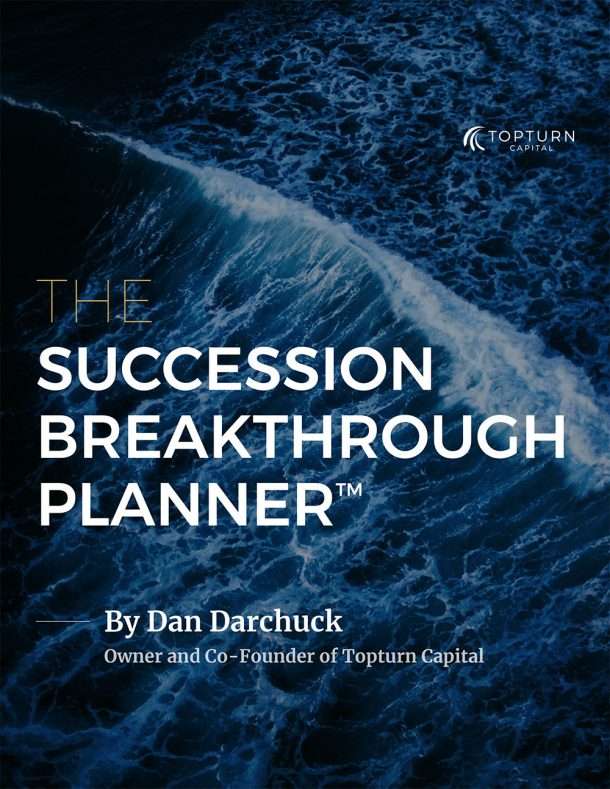Before beginning this post, I would be remiss if I did not first remember the many in various parts of the nation, and even the world, that are currently affected by natural disaster. Please know that our thoughts and prayers are with you.
Recently, Alan Greenspan gave an interview with a dire warning:
“By any measure, real long-term interest rates are much too low and therefore unsustainable. When they move higher they are likely to move reasonably fast. We are experiencing a bubble, not in stock prices, but in bond prices. This is not discounted in the marketplace.”
Understandably, we received a few inquiries regarding this interview, and we decided that, even though it’s been a few weeks since Greenspan’s comments, it was still worth re-visiting.
Let’s start with clarity…
A bond “bubble” (not a term we particularly care for) is considerably different than a bubble in the stock or housing markets, because these types of investments are considerably different.
Bonds are debt. Stocks and real estate are equity. Unlike stocks and real estate, the value of a bond at maturity is already determined; it is the face value.
As interest rates adjust throughout the years, demand for those bonds that have already been issued adjusts the prices on those bonds so that the net return (principal and interest) to the bond holder remains in equilibrium with the current interest rate environment.
When Alan Greenspan used the word “bubble” what he was really saying was that interest rates are artificially low, and as rates rise, it will happen faster than people are expecting. In the short run, this will be particularly painful for those investors who have bonds with long maturity dates. This is what is known as “interest rate risk” or “duration risk.”
An Example:
An investor invests $10,000 in a new 30-year treasury bond today. The interest rate is 2.84%. In one year, the bond has 29 years left until maturity, and let’s say interest rates have increased by 1% . Hypothetically, if the government tried to issue a 29 year bond, it would have to offer an interest rate at 3.84% to attract investors.
With interest rates now 1% higher than that one year old bond, our original investor will sell the old bond to buy a new bond that pays a higher interest rate.
The only way a new investor would be willing to buy that old bond would be if the price was discounted, so that their eventual return at maturity would be equal to – or perhaps better than – what they would receive from a new bond.
How much would the price need to drop? A little more than 17%.
Therefore, the bond that was issued one year ago at $10,000 would now have a price of $8,260. Ouch.
Keep in mind that if the original investor held the bond until maturity, that investor would, generally speaking get their $10,000 back. He or she will just be receiving below-market interest rates throughout that period.
This is much different than an equity investment that does not guarantee a return of principal.
How do investors mitigate interest rate or duration risk?
The easy answer: They hire a team of specialists to manage that risk.
The bond investment manager typically manages the risk of a bond portfolio in two ways:
-
Change the holdings of the portfolio to decrease (or increase, in opposite conditions) the average length of maturity in the portfolio’s holdings. Bonds that are closer to their maturity date are less sensitive to interest rate changes than bonds that have a longer duration.
-
Buy bonds that have coupons which adjust to changes in interest rates (floating rates). This helps to insulate the portfolio in a rising interest rate environment.
The investment manager, who manages a portfolio of stocks, bonds, and other investments will typically manage this risk in two ways:
-
Adjust allocations to reduce exposure to a particular asset class, thereby reducing overall participation in that class or sector.
-
Increase exposure to strategies or asset classes which provide non-correlated returns with that class they are reducing.
These actions work to hedge the risk of one asset class – having one class zig while the other zags – which should generally lower the overall risk in the portfolio.
Going back to Mr. Greenspan…
One thing to remember is Alan Greenspan’s disclaimer during his interview: “I have no time frame to forecast.”
This means he can be wrong for an extended period of time, and still maintain his forecast of the future. There’s a long history of interest rates both rising and falling – just like stocks and real estate – which means that eventually, his forecast will be correct.
Interestingly, the current trajectory has been opposite to Alan Greenspan’s remarks. Over the 6 months previous to his comments, the treasury curve has actually been flattening. This means that long-term rates have been going down, while short term rates have been going up.
Most predictions and forecasts will play out if you give them enough time. If you don’t, then most of them will be wrong.
– Greg Stewart, CIO


